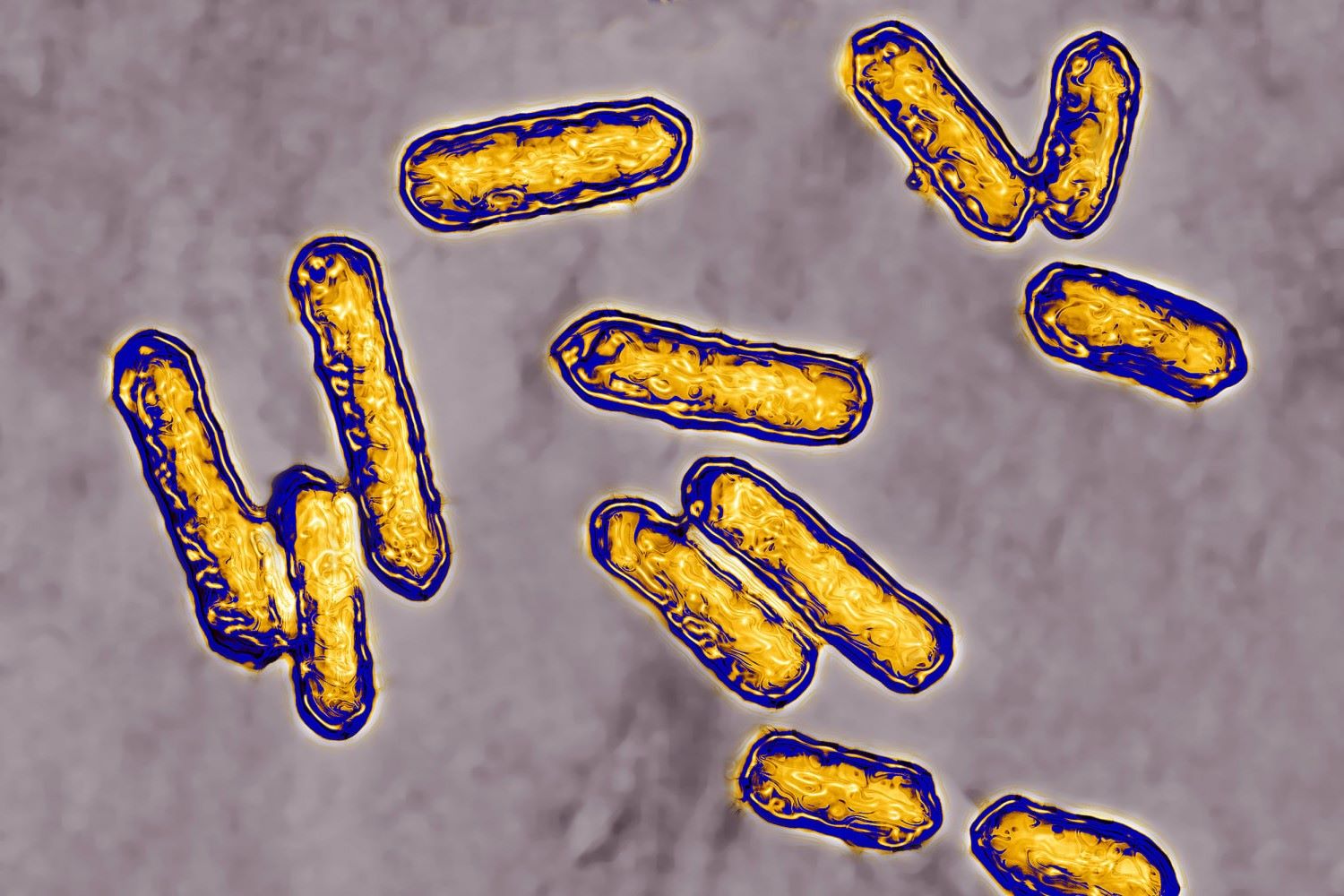
Heat stroke can be a serious and life-threatening condition, especially during hot summer months. But what exactly is heat stroke? In simple terms, it's when your body overheats to the point where it can't cool down on its own. This can happen if you're exposed to high temperatures for too long or if you're doing intense physical activity in the heat. Symptoms include a high body temperature, confusion, and even loss of consciousness. Why should you care? Because knowing the signs and how to prevent heat stroke can save lives. Whether you're an athlete, outdoor worker, or just love spending time outside, understanding heat stroke is crucial. Let's dive into 15 essential facts about this condition to keep you and your loved ones safe.
Understanding Heat Stroke
Heat stroke is a serious condition that occurs when the body overheats, usually due to prolonged exposure to or physical exertion in high temperatures. Knowing the facts about heat stroke can help prevent it and ensure timely treatment.
-
Heat stroke is a medical emergency. Immediate medical attention is crucial. Delaying treatment can lead to severe complications or even death.
-
It occurs when the body temperature rises above 104°F (40°C). This extreme temperature can damage the brain and other vital organs.
-
Heat stroke can happen to anyone. While older adults and young children are more susceptible, athletes and outdoor workers are also at risk.
Symptoms of Heat Stroke
Recognizing the symptoms early can make a significant difference in outcomes. Here are some key signs to watch for:
-
High body temperature. A core body temperature of 104°F (40°C) or higher is the main sign of heat stroke.
-
Altered mental state or behavior. Confusion, agitation, slurred speech, irritability, delirium, seizures, and coma can result from heat stroke.
-
Nausea and vomiting. These symptoms often accompany heat stroke and can exacerbate dehydration.
-
Flushed skin. The skin may turn red as the body temperature increases.
-
Rapid breathing and heart rate. The body works harder to cool itself, leading to faster breathing and a quicker pulse.
Causes of Heat Stroke
Understanding what leads to heat stroke can help in taking preventive measures. Here are some common causes:
-
Exertional heat stroke. This type occurs due to intense physical activity in hot weather, often affecting athletes and laborers.
-
Non-exertional heat stroke. Also known as classic heat stroke, it typically affects older adults and those with chronic illnesses, occurring during prolonged exposure to hot environments.
-
Dehydration. Lack of adequate fluids can impair the body's ability to sweat and cool down, increasing the risk of heat stroke.
Prevention of Heat Stroke
Preventive measures can significantly reduce the risk of heat stroke. Here are some effective strategies:
-
Stay hydrated. Drinking plenty of water helps maintain normal body temperature and prevents dehydration.
-
Wear appropriate clothing. Light-colored, loose-fitting clothing allows sweat to evaporate and cool the body.
-
Avoid strenuous activity during peak heat. Plan outdoor activities for cooler parts of the day, like early morning or late evening.
-
Use fans and air conditioning. Staying in air-conditioned places and using fans can help keep body temperature down.
Heat stroke is a serious condition, but with the right knowledge and precautions, it can be prevented and treated effectively.
Stay Safe in the Heat
Heat stroke is no joke. Knowing the signs and symptoms can save lives. High body temperature, confusion, and nausea are red flags. If someone shows these, act fast. Move them to a cool place, give them water, and call for help. Prevention is key. Drink plenty of water, wear light clothing, and avoid strenuous activities during peak heat. Elderly folks, kids, and pets are more vulnerable. Keep an eye on them. Heat stroke can hit anyone, so stay alert. Educate your friends and family. The more people know, the safer everyone will be. Remember, a little caution goes a long way. Stay cool, stay safe, and enjoy the summer without worry.
Was this page helpful?
Our commitment to delivering trustworthy and engaging content is at the heart of what we do. Each fact on our site is contributed by real users like you, bringing a wealth of diverse insights and information. To ensure the highest standards of accuracy and reliability, our dedicated editors meticulously review each submission. This process guarantees that the facts we share are not only fascinating but also credible. Trust in our commitment to quality and authenticity as you explore and learn with us.


